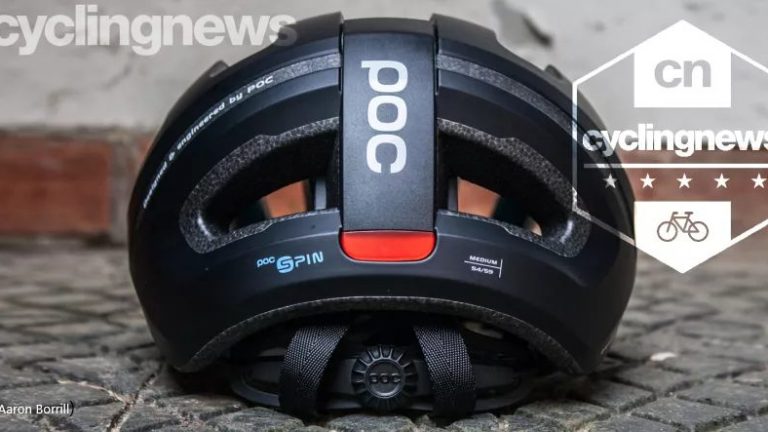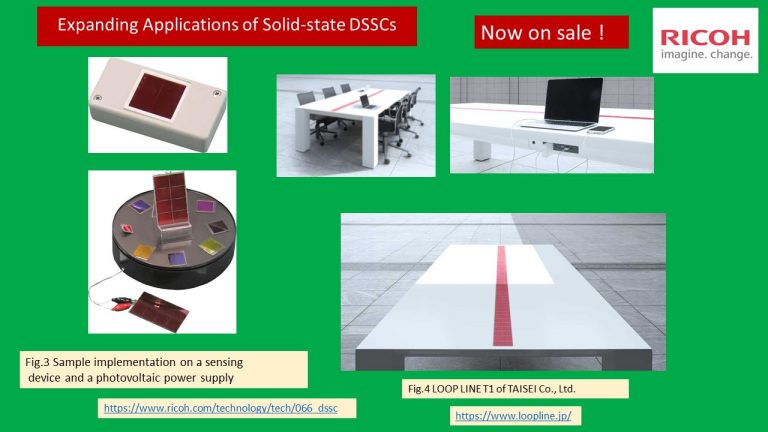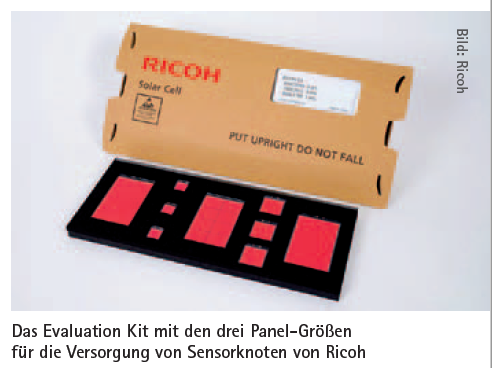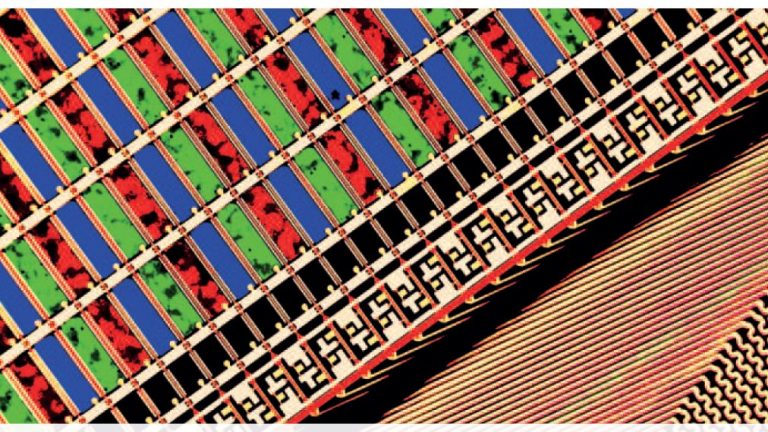Social and economic impact of Professor Grätzel’s scientific work
The discoveries of Michael Grätzel have launched new social-economic developments in the field of solar electricity and fuel generation as well as in lithium ion battery technology. These are summarized below.
Photovoltaics. The revolutionary concept of employing sensitized nanostructured junctions in photovoltaic cells opened up technical breakthroughs in the PV field which are reflected by the evolution of the patent disclosure in this field over the last 2 decades. The first patent was granted in the USA in 1991, as shown in Figure 1 below and this was followed by a series of other patents. However, during the last 15 years the practical development of dye sensitized solar cells has taken off exponentially, the number of patents filed reaching over 3000 today. The patent history associate with this technology is shown in Figure 2. The unique selling propositions of today’s embodiments of dye sensitized solar cells are: i) the ease and low cost of their production. ii) the energy pay back times is 10 times shorter than for silicon. iii) the feed stocks required to make the cells are abundant iv) flexible, light weight versions of the cells can be fabricated by a roll to roll process. v) look- through glass panels of different color can be realize offering esthetically attractive solutions for building integrated PV producing electric power from sunlight. vi) the cells outperform silicon in diffuse daylight and indoor light. vii) the cells can capture light from all angles and their performance is much less sensitive to higher temperatures than that of Si cells. These features have opened up new markets for products based on dye-sensitized photovoltaics.

Figure 1. Copy of the US patent that was granted in 1990 protecting the invention of dye sensitized solar cells.
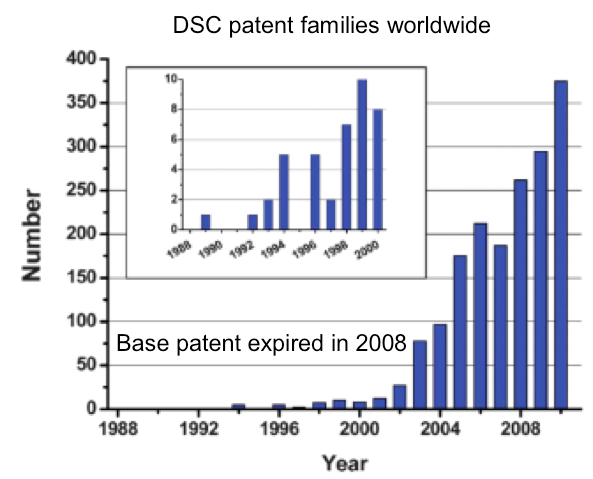
Figure 2. Time evolution of patent filings in the field of dye sensitized solar cells from the inception of the dye sensitized mesoscopic cells to year 2010.
Professor Grätzel’s employer, the Ecole Polytechique Fédérale de Lausanne, which owns Grätzels inventions has licensed his patents to a number of companies which are engaged in the commercial development of his cells. Roll-to-roll mass production of flexible light weight PV modules for ambient light harvesting has started in 2009 by the British company G24 Innovations Ltd. And the Swedish company Exeger (www.exeger.com) as well as the Japanese giant Ricoh ( https://www.ricoh.com/release/2020/0204_1/ ) which are selling products on the market. In March 2019 Exeger announced a strategic partnership with the Japanese Company Softbank to accelerate product development and world- wide deployment of its DSC-based, flexible Powerfoyle cells ( https://www.exeger.com/product/applications/ ) This unique cell design generates electricity from ambient light with unprecedentedly high yield outperforming the best conventional photovoltaic cells by a large margin: https://www.forbes.com/sites/heatherfarmbrough/2021/02/15/look-no-leads-how-a-revolutionary-swedish-solar-technology-is-providing-endless-light/?sh=35cc68c3419d
Two recent articles on dye-sensitized solar cells for efficient power generation under ambient lighting published in Joule 2, 1108-1117 (2018) and Nature Photonics, 11, 372-378 (2017). Figure 3 shows examples of commercially produced portable electronic devices powered by dye sensitized solar cells.
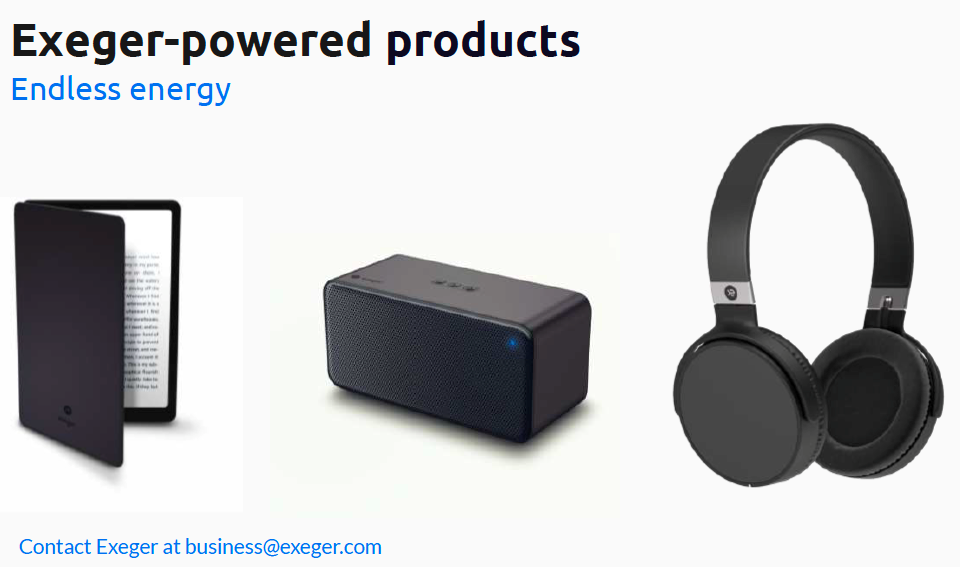
Figure 3. Exeger products which use their Powerfoyle (www.powerfoyle.com) photovoltaic cell design based on dye-sensitized photovoltaics to supply electric energy for their autonomous operation powered by ambient light. Recent examples include a bicycle helmet capturing sunlight for electric power production. https://www.pocsports.com/collections/cycling-helmets/products/omne-eternal
Meanwhile several companies have started production and sales of electric power producing translucent glass panels based on Grätzel’s dye sensitized solar cell technology. A summary of the projected market evolution over the past few years is shown in Figure 4 and two examples for commercial installations of DSSC panels are shown in Figure 5.

Figure 4. Projected market share of PV pannels by technology group (2014 -2030)
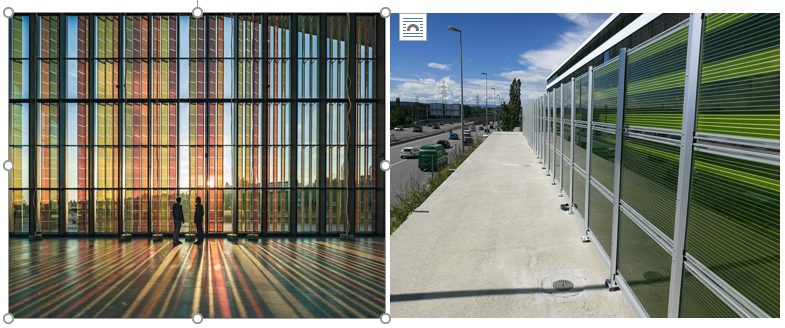
Figure 5. First Applications of dye colored semi-transparent photovoltaic glass panels
Left: DSSC panels produced by the company Solaronix ( www.solaronix.ch ) mounted at the façade of the new Swiss High Tech Convention Center in Lausanne Switzerland. Right panel The first energy noise barrier made with dye sensitized solar cell panels.
Rechargeable lithium ion batteries. Grätzel introduced the concept of using nanoparticles as active materials in lithium ion batteries. This speeds up by 100 – 1000 times the rate of discharging and charging increasing the power output of the battery by the same factor This concept was protected by a patent with Grätzel as coinventor filed in 1996, see figure 6. Together with 2 partners, Grätzel founded High Power Lithium (HPL) a company that commercialized the concept. The company was sold to Dow Chemical, which now offers nanostructured battery cathode materials developed by HPL such as lithium manganese phosphate on the market.
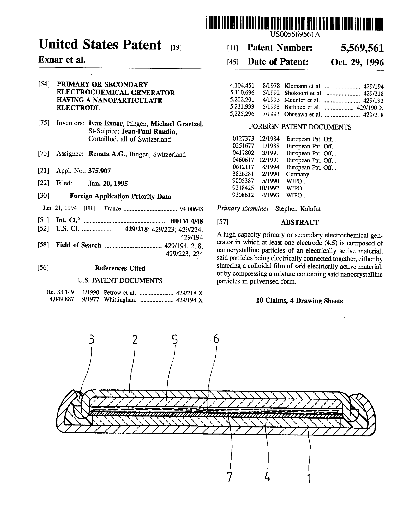
Figure 6. United States Patent granted to Grätzel and two co-inventors in 1996. It protects the use of nanoparticulate materials as components for lithium ion batteries.
